Past Events
Interested in Cotsen events? Sign up for our mailing list.Speakers: Dr. Jane Buikstra, Dr. Gordon Rakita
Dr. Gordon Rakita will be delivering a lecture titled "Vignettes of a Mentor: A Bioarchaeological Lineage"
Dr. Jane Buikstra will then deliver a lecture titled "Ancient Tuberculosis in the Americas: A Career-Long Quest"
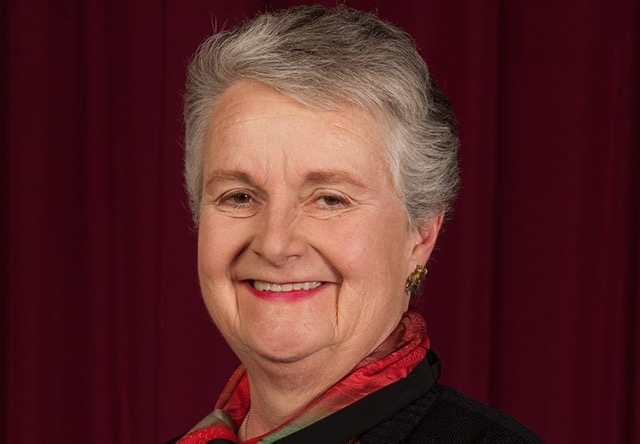
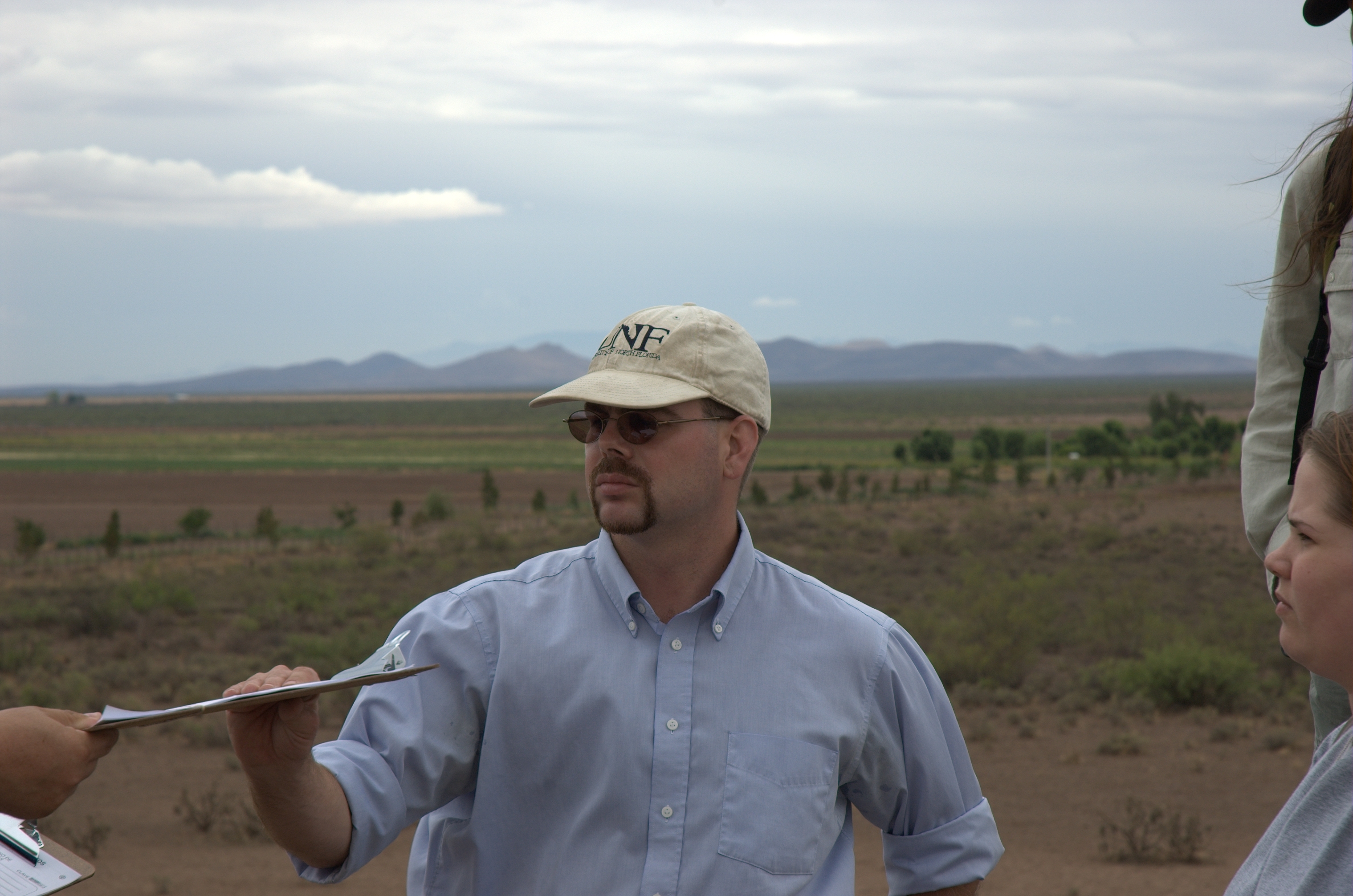
Contact Sonali Gupta-Agarwal
Email sonaliga@ioa.ucla.edu
Phone
Speaker: Dr. Caroline Cartwright, Department of Scientific Research, The British Museum
Dr Caroline Cartwright is the Senior Scientist and Wood Anatomist in the Department of Scientific Research at the British Museum. Her primary areas of scientific expertise cover the identification and interpretation of organics such as wood, charcoal, fibres, macro plant remains, shell, ivory and bone from all areas and time periods in the British Museum’s collections, including for CITES (Convention on International Trade in Endangered Species). She has led many teams of archaeobotanists, archaeozoologists and human osteologists on archaeological projects in various parts of the world including the Middle East, Africa, the Caribbean and Europe. Reconstructing past environments, charting vegetation and climate changes, and investigating bioarchaeological evidence from sites and data, all form an important part of her research. Prior to joining the British Museum, Caroline was a Lecturer and Research Fellow at the Institute of Archaeology, University College London.
Contact Matthew Swanson
Email mswanson@ioa.ucla.edu
Phone
Speaker: Dr. Philippe Walter, Sorbonne Universités, Université Pierre et Marie Curie
The precious character of the Cultural Heritage artifacts and their uniqueness imply particular cautions and require instruments, which may give the maximum of information directly on the objects, in-situ in the museums or in the archaeological sites. The implementation of new analytical tools, including mobile instruments, allows a deep insight on the archaeological and artistic materials.
We will show the performances of different new mobile instruments (X-ray fluorescence and X-ray diffraction) we built recently in the laboratory to allow in situ characterization of materials, for instance on prehistoric rock art paintings in France or marble sculptures from Greece (Delphi) and Tunisia (Bardo National Museum), alteration products and modes of preparation of different pigments. XRF imaging – in which the surface of an object is scanned with a focussed X-ray beam to obtain elemental distribution images – and hyperspectral imaging can reveal significant new information on the antique polychromy.
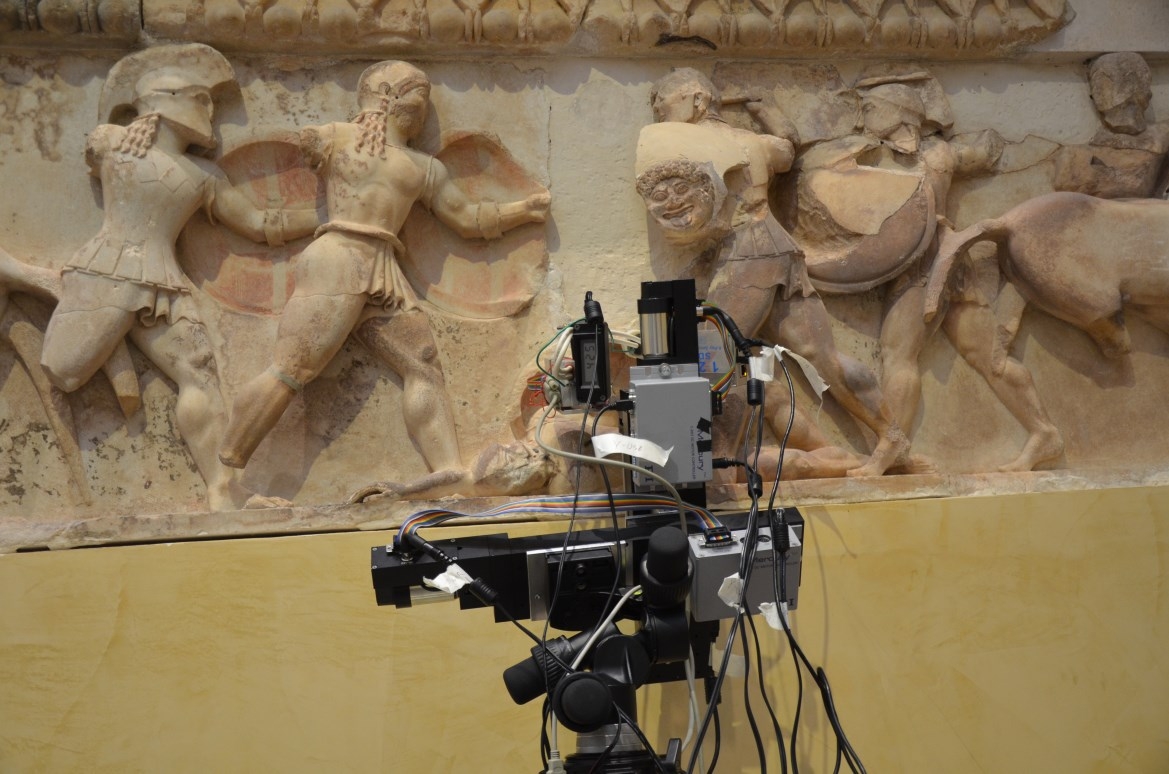
Contact Matthew Swanson
Email mswanson@ioa.ucla.edu
Phone
Speakers: Richard Ehrich, PhD Candidate, Cotsen Institute of Archaeology
Dr. Hans Barnard, Cotsen Institute of Archaeology
In June 2016, Cotsen affiliates Hans Barnard and Richard Ehrich briefly visited a number of archaeological sites and museums in Wuhan, Jingzhou, Xiangyang and Suizhou in the Hubei Province in Central China. Richard is a graduate student who lived in Wuhan to conduct research for his dissertation. He will provide some background information on the sites and collections that they were able to see. He will also give a bit of insight into how it was like doing research in this region. Hans is an archaeologist who has worked in different regions of the world, but this was his first trip to China. He will discuss his first impressions of archaeological practices in China as an informed outsider.
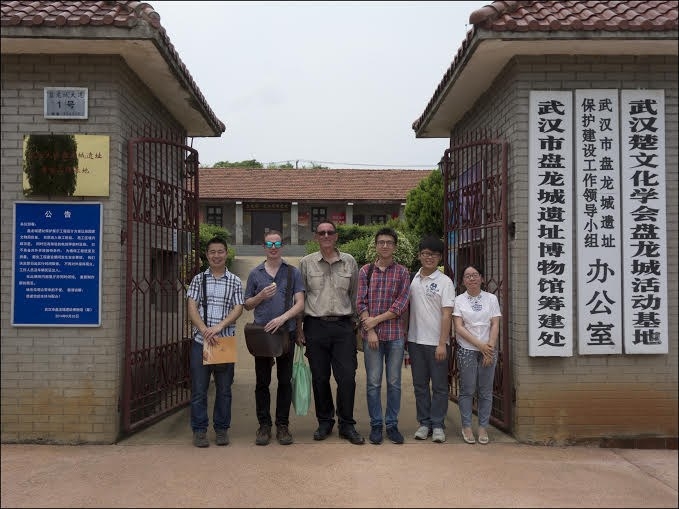
Contact Matthew Swanson
Email mswanson@ioa.ucla.edu
Phone
Speaker: Dr. Stephen Acabado, Cotsen Institute of Archaeology
Recent trends in the practice of archaeology have seen the emergence of the active involvement of descendant communities in the research process. This is an important development since the relationship of archaeologists and communities that they work with has been tenuous, particularly, when archaeological findings have the potential to contest ethnic identities. As a case in point, the findings of the Ifugao Archaeological Project (IAP) (Ifugao, Philippines) force the rethinking of history and question the bases of Ifugao identity, particularly on how they have been presented in Philippine historical narratives. Ifugao identity is based on wet-rice production and the historical narrative that the Spanish never conquered them. Previously, the dating of the inception of the Ifugao rice terraces was placed at 2,000-3,000 years ago. The findings of the IAP however, suggest a later inception of the terraces, which coincided with the arrival of the Spanish in the northern Philippines. Initially, this finding did not sit well the larger Ifugao descendant communities, but as experience exemplifies, the pursuit to actively involve the communities and stakeholders in the research process resolved this issue. We further argue that the inclusion of the voices of different stakeholders in the interpretation of the past is inadequate since it denotes that indigenous stakeholders are simply contributors to, and not codevelopers or co-investigators of, research projects. Doing so empowers indigenous stakeholders to take control of their heritage.
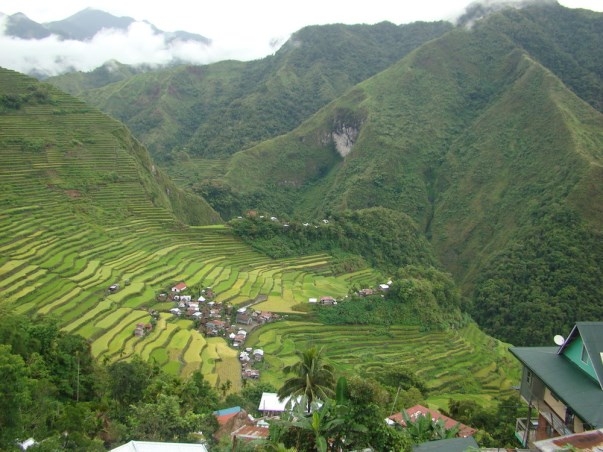
Contact Matthew Swanson
Email mswanson@ioa.ucla.edu
Phone
Speaker: Ben Nigra, PhD Candidate, UCLA
'Paracas’ refers to a polychromatic fine-ware tradition, a canon of architectural elements, a set of specific mortuary practices, and a rich textile tradition associated with Peru's southern coast during the first millennium BCE. Despite decades of research dedicated to Paracas 'art', craft goods and iconography, south coast archaeologists struggle to understand the basic sociopolitical character of Paracas and the social and material conditions that drove its development through time. Excavations at Huaca Soto (2014-2015) re-calibrate this narrative by examining the evolution of monumental ceremonial architecture in the Chincha Valley. Our investigation further suggests that Paracas platform mounds became widely recognized as huacas, or sacred spaces, that garnered attention from later Wari, Chincha and Inca groups. Huaca Soto thus provides a case study on the appearance and evolution of coastal monuments in the long-term - spanning the first millennium BCE to today.
Contact Matthew Swanson
Email mswanson@ioa.ucla.edu
Phone
Speaker: Dr. Jorrit Kelder, University of Oxford
This presentation aims to provide an overview of the earliest contacts between the Greek (Mycenaean) world and Egypt, between ca. 1600 BC and 1100 BC. By highlighting a number of objects that have been found in Egypt and the Aegean, this paper proposes that the earliest contacts between these two regions may have started in the context of long-distance trade in precious metals (with silver coming from the Aegean, and gold exported from Egypt). From the 14th century BC onwards, these early trading encounters developed into a much closer, 'special relationship', which involved the exchange of goods, plants, and possibly mercenaries.
Contact Matthew Swanson
Email mswanson@ioa.ucla.edu
Phone
Speaker: Rachel Moy, PhD Candidate, UCLA
This talk will summarize the preliminary results of the first season of excavation and research of the UCLA Shire Project at the site of Mai Adrasha in the northwestern Ethiopian highlands. I will discuss how Mai Adrasha fits into what we know of a larger pre-Aksumite to Early Aksumite cultural and political context. Due to how few excavated sites date to these periods, research needs to start with basic descriptions before we can make any firm broader conclusions. My dissertation will focus on the ceramic data from Mai Adrasha. I plan to start with the raw data to create four typologies each with a different method. I will then compare the four typologies taking into account the strengths and weakness of each. From these results, I will develop a more robust method to describe the ceramic data, and from this base, we can begin to describe more broadly the site of Mai Adrasha, its surroundings, and its broader cultural and political context.
Contact Matthew Swanson
Email mswanson@ioa.ucla.edu
Phone
Speaker: Dr. Thomas Schneider, University of British Columbia
The First Intermediate Period has presented archaeology and historiography with significant epistemological problems. Gaps in the evidence available to us and the uncertainty about how to interpret a variety of material and textual sources, have as much led to widely different views as modern paradigmatic shifts, depicting the
FIP either as a time of crisis or to the contrary, a time of regional innovation. This paper will look at the methodological problems with which archaeologists and historians of the FIP are faced today. What can we know today and what are possible avenues of future research?
Contact Matthew Swanson
Email mswanson@ioa.ucla.edu
Phone
Speaker: Dr. Marriana Nikolaidou, UCLA
Marianna Nikolaidou holds a Ph.D. in archaeology from the University of Thessaloniki in Greece, and is a research associate at the Cotsen Institute since 1994. Her research and fieldwork focus on the Neolithic and Bronze Ages of the Aegean and the Eastern Mediterranean. She has published extensively on gender issues, symbolism and ritual, ceramic iconography and technology, adornment, and the history of archaeology. Projects with the Cotsen include: the publication of ornaments and ceramics from Sitagroi, study of ceramic technology at Tell Mozan in Syria, and currently the analysis and study of prehistoric pottery at the excavations at Ancient Methone.
The pottery from Methone is the topic of her talk. Dating to the Neolithic and Early Bronze Age, the material illuminates three millennia of prehistoric occupation at this key site on the Northern Aegean coast, and provides insights to the prehistory of the region."
Contact Matthew Swanson
Email mswanson@ioa.ucla.edu
Phone
- ‹ previous
- 44 of 50
- next ›


